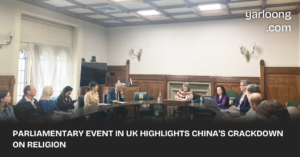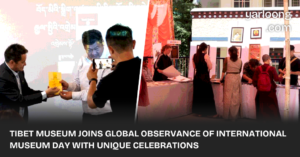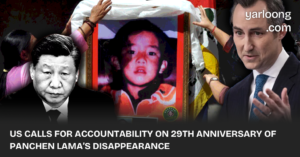In this edition of The Interview, an eminent Tibetan activist and writer discusses exile, a protracted freedom struggle, China, Chinese brutal homogenization policies, cultural and philosophical differences between Tibet and China, and China’s tortured relationship with the West.
In October 1950, China’s Red Army invaded Tibet’s eastern province, posing as an army of liberation from Western imperialism. In 1959, the Dalai Lama fled to India where he remains to this day. Many thousands of Tibetan refugees have streamed into India since. Tibet is particularly pertinent even as US President Joe Biden promises support to Taiwan and Ukraine dominates headlines on a daily basis.
For the last 70 years, Tibet has been under China’s thumb even as Hollywood stars swoon at the Dalai Lama’s feet. Many people think of Tibet as a separate nation with a definable history and a specific cultural identity symbolized by the Dalai Lama. Many are unaware of Tibet’s integration into China and its political subjugation by Beijing. In September 2020, Chinese President Xi Jinping made clear that Tibet was an integral part of China’s “impregnable fortress” as he decried the heresy of “splittism.” The fate of Tibet shines the light on a key issue: can political entities bordering a hegemon exercise sovereignty?






